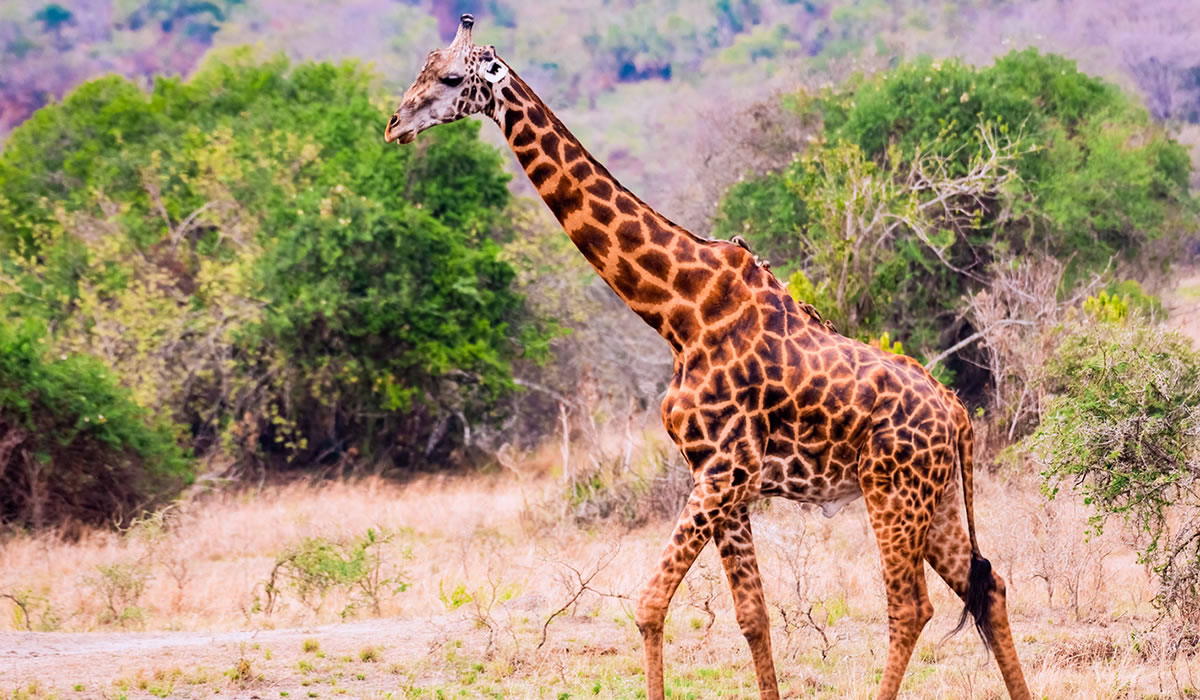Akagera National Park, located in the eastern part of Rwanda, is a stunning wildlife sanctuary that is often overshadowed by the more famous Volcanoes National Park, home to the mountain gorillas. Despite this, Akagera stands as one of the country’s most important ecological treasures, offering a remarkable contrast to Rwanda’s other parks, showcasing a diverse ecosystem of savannah, woodland, wetlands, and lakes. It is the country’s largest protected area, spanning over 1,200 square kilometers, and it plays a critical role in the conservation of East Africa’s biodiversity.

The history of Akagera National Park is one of resilience and recovery. The park was established in 1934, initially as a game reserve, and it was expanded over time to its current size. Akagera’s landscape is dominated by a mix of savannah, swamp, and woodland ecosystems, but it has not always been as protected and pristine as it is today. The park faced several challenges over the years, including poaching, habitat destruction, and the pressures of political instability that Rwanda faced in the 1990s. In the aftermath of the 1994 genocide, Akagera’s wildlife population was severely depleted, with the area suffering from the impact of human encroachment and the loss of species.
In the years that followed, Akagera was gradually restored, with substantial support from organizations such as African Parks, a nonprofit conservation group that took over the park’s management in 2010. With this partnership, efforts to rebuild the park’s infrastructure, protect endangered species, and enhance the ecosystem began to take shape. The park’s rehabilitation efforts have been remarkable, and Akagera now stands as one of the best examples of successful conservation in Africa.
One of Akagera’s most significant achievements in recent years was the reintroduction of lions in 2015. Lions had been absent from the park for over 20 years, but their return has been a major milestone in the park’s recovery. The reintroduction of these apex predators is part of a larger effort to restore the park’s predator-prey dynamics and maintain the natural balance of the ecosystem. The lions, along with the park’s already established populations of leopards, hyenas, and other carnivores, are now a key part of Akagera’s charm for wildlife enthusiasts.
The park is also home to a wide variety of herbivores. Its savannahs and woodlands are populated by species such as buffalo, zebras, giraffes, impalas, and the rare and endangered species like the topi and the roan antelope. For visitors, the chance to witness these majestic animals in their natural habitat is an experience unlike any other, and Akagera offers a prime opportunity for safari goers looking to explore Rwanda’s wild side.
Akagera is also renowned for its birdlife. Over 480 species of birds have been recorded within the park, making it a haven for bird watchers. The park’s diverse wetlands and lakes, such as Lake Rwanyakazinga, are home to large populations of waterfowl, including the striking papyrus gonolek, the white-winged tern, and various species of kingfishers and herons. The abundance of birds makes Akagera a great destination for both amateur and professional ornithologists. The wetlands, meanwhile, provide a crucial breeding ground for numerous migratory species, adding another layer of significance to the park’s biodiversity.
The wetlands are also a key part of the park’s ecological system, serving as natural water filtration systems and supporting a variety of aquatic life. These wetland areas offer visitors the opportunity to take boat safaris, which provide a unique perspective on the park’s wildlife, allowing guests to see hippos, crocodiles, and other species from the water. Such experiences enhance the diverse nature of Akagera, which is not limited to traditional game drives.
Akagera National Park’s dedication to conservation goes beyond its animal population. The park’s management focuses on sustainable tourism that benefits local communities and helps fund ongoing conservation efforts. The park offers a variety of accommodation options, from luxury lodges to more rustic camping experiences, and it has become a popular tourist destination for those seeking to experience Rwanda’s wildlife without the crowds found in some of Africa’s other renowned parks.
The park also plays an important role in supporting local communities. Through employment opportunities, community development projects, and partnerships with nearby villages, Akagera has contributed to the local economy. The park’s commitment to responsible tourism ensures that the environment is preserved for future generations, while also creating economic opportunities for Rwandans.
The future of Akagera National Park looks promising. As a success story in the field of conservation, it has gained recognition both locally and internationally. The continued support from partners like African Parks, along with Rwanda’s government’s commitment to conservation, ensures that the park’s rehabilitation efforts will continue to thrive. The presence of apex predators like lions and the growing populations of herbivores signal a thriving ecosystem that could become a model for other wildlife reserves across Africa.
Akagera National Park represents a symbol of hope for conservationists. It showcases how, through dedication and collaboration, even the most challenged natural areas can be revived and restored to their former glory. For those visiting Rwanda, Akagera offers an unforgettable experience, where wildlife, conservation, and the natural beauty of the East African landscape come together to form one of the continent’s most important and inspiring protected areas.
